Proxmark3 RDV2 Kit
$400.00 Original price was: $400.00.$300.00Current price is: $300.00.
Out of stock
Description
2018-08-01 Note: The RDV2 has been replaced with Proxmark3 RDV4 which brings better portability and expansion options.
The Proxmark3 Dev Kit 2 (RDV2) from Elechouse is more portable and brings various improvements to the open source design. Antennas are improved and the connection is through mmcx cables which are a lot easier to find and work with. Antennas can be mounted on the device in various configurations and easily held. An optional 3.7v battery can be placed inside the shell and powering the device is still possible with external USB batteries.
Whether you’re in the field, in the lab, or in the classroom, the Proxmark3 is the RFID tool of the trade when it comes to sniffing, reading, and cloning RF Tags. Proxmark3 can run independently from a PC powered by an optional 3.7 V battery, and offers depending on the targeted RFID Tag advanced functions like Offline Encryption, Online sniffing, default key cracking, data dumping, or the ability to run simulations. It is currently the “gold standard” when it comes to RFID research.
Developed back in 2007 by Jonathan Westhues and published under General Public License, the Proxmark3 has made its way from a DIY project to an almost ready-to-use device capable of analyzing the RFID communication at low frequencies (125 KHz) and high frequencies (13.56MHz).
RFID was first introduced for identification purposes only, but was quickly adopted for other applications in commerce and transportation. RFID technology is now in widespread use for a variety of applications across many industries. In 2006, Westhues was hired by California State Senator Joe Simitian to illustrate the ease with which state lawmakers’ RFID-based ID cards could be read and cloned. He successfully read and cloned the ID card of California State Assembly member Fran Pavley, who remarked, “All that was done within a moment’s notice of time without me even being aware of it.”
Each unit is pre-flashed with pm3-bin-2.5.0
Features
Proxmark3 RDV2 Features
- Read just about any RFID tag
- Pretend to be a reader or a tag
- Sniff communications between a reader and tag
- Operate in standalone mode without a PC (USB battery required)
Advantages and Benefits
Compared with other on the market available Proxmark-like and RF cloning devices, the Proxmark3 is under constant development and the RDV2 offers the following improvements:
- Improved LF and HF antennas
- LF antenna: 35.23 V @ 125.00 kHz
- LF antenna: 27.64 V @ 134.00 kHz
- LF optimal: 35.39 V @ 127.66 kHz
- HF antenna: 24.08 V @ 13.56 MHz
- Enhanced antenna wires
- 512KB of dual bank flash memory (AT91SAM7S512)
- Improved shell
- Power indicator LED
Advantages and Benefits of Proxmark3 RDV2
Accessories
Proxmark3 RDV2 Accessories
Accessories included in the kit has everything you need to get started with your RFID research.
- Low Frequency Antenna – Tuned to operate at 125kHz, 134kHz, and optimally at 127.66 kHz
- High Frequency Antenna – Tuned to operate at 13.56mHz
- Tag bundle – Includes six type of RFID tags: T5577 (125kHz) read/write card, Mifare 1 S50 (13.56mHz) read/write card, Mifare Ultralight (13.56mHz) read/write card, Mifare UID (13.56mHz) read/write card, HID (125kHz) read/write card, and EM4100 (125kHz) read card.
- Protective PCB shell, USB cable, MMCX cables, board riser and screws
Videos and Resources
Additional Information
| Weight | 1 lbs |
|---|---|
| Dimensions | 6 × 2 × 2 in |
| Brand |
Reviews (2)
2 reviews for Proxmark3 RDV2 Kit
Add a review Cancel reply
Related products
Wired Networking
Lock Picks
Wired Networking

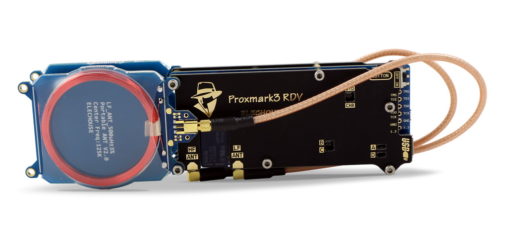
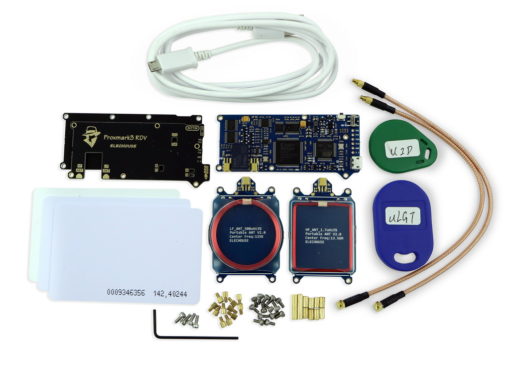
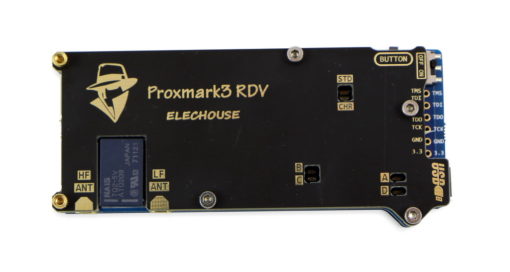
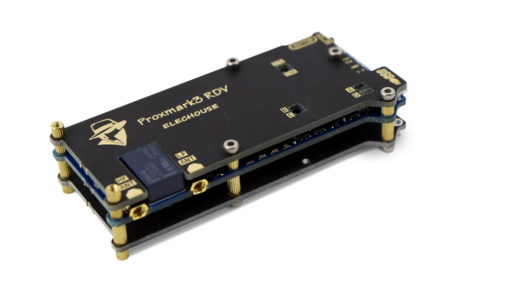
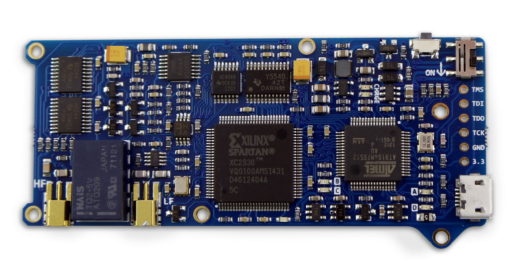

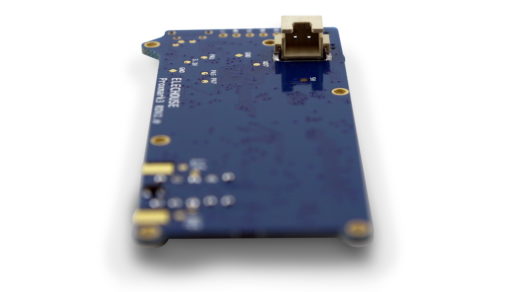
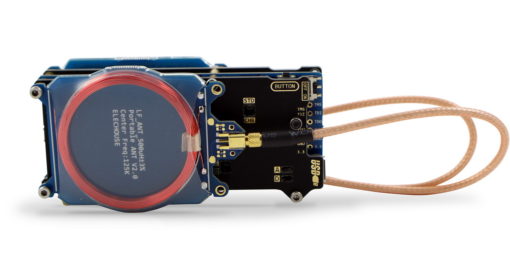
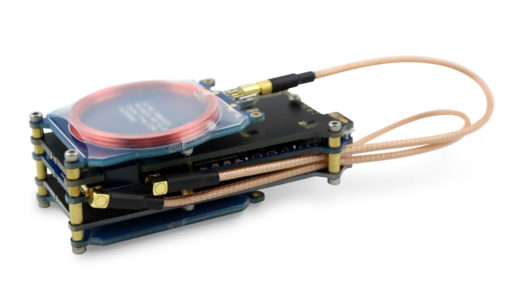
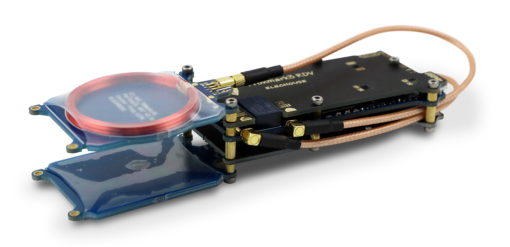
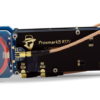
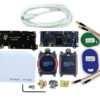
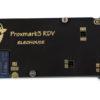
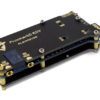


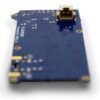
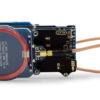
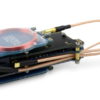
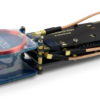

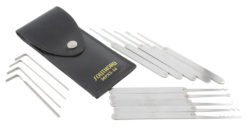
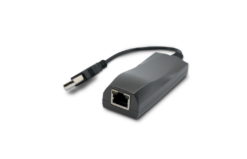

Wilbert Garcia –
Douglas Lyons –